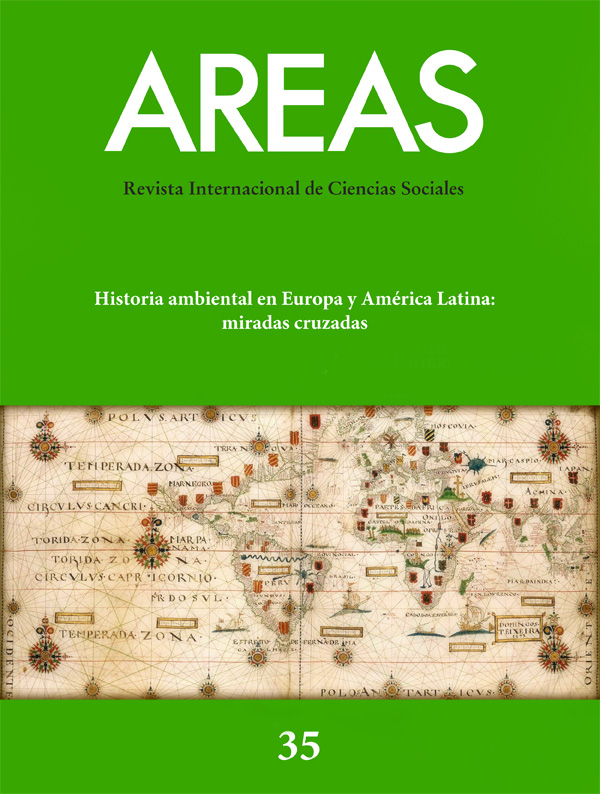HISTORY OF THE DESTRUCTION OF THE ARAUCARIA FOREST IN SOUTHERN BRAZIL
Abstract
This article aims to discuss the causes and consequences of the devastation of Araucaria Forest during the nineteenth and twentieth centuries. The Araucaria Forest is currently one of the most endangered forest formations of the Atlantic Forest biome. The dominant tree species is the Araucaria angustifolia (Bertol.) Kuntze, also called Brazilian pine or Parana pine. In the past the Araucaria forest covered an area of about 200,000 km2, distributed in the states of Parana, Santa Catarina and Rio Grande do Sul - with continuities in the province of Misiones, Argentina - as well as some smaller areas in southern São Paulo and Serra da Mantiqueira and isolated points of the state of Minas Gerais. Currently the remains are about 2% to 5% of its original area in Brazil, of which only 0.7% can be considered as primary forests. The sources used for this research were the most diverse as newspaper articles, government reports, government census and forest yearbooks published by the Brazilian National Institute of Pine.
Downloads
-
Abstract747
-
PDF (Español (España))413
The published works by this Journal are subject to the following terms:
1. The Publication Service of the University of Murcia (the Editor) owns the copyright of its publications. It promotes and allows its use under the indicated licence in Section 2.
© Servicio de Publicaciones, Universidad de Murcia, 2011
2. Papers are digitally published under the licence Creative Commons Reconocimiento-NoComercial-SinObraDerivada 3.0 España (legal text). They can be copied, used, disseminated, transferred and publically presented if: i) the author is quoted, as well as the original source of publication (Journal, editorial and URL); ii) they are not used for commercial purposes; iii) the licence of use is mentioned.
3. Auto-file Conditions. It is allowed and authors are encouraged to digitally disseminate their pre-print versions (versions prior to review) and/or post-print (reviewed version accepted for its publication) since it promotes its early diffusion and the corresponding increase of quotes and scope within the academic community. RoMEO Colour: green.


